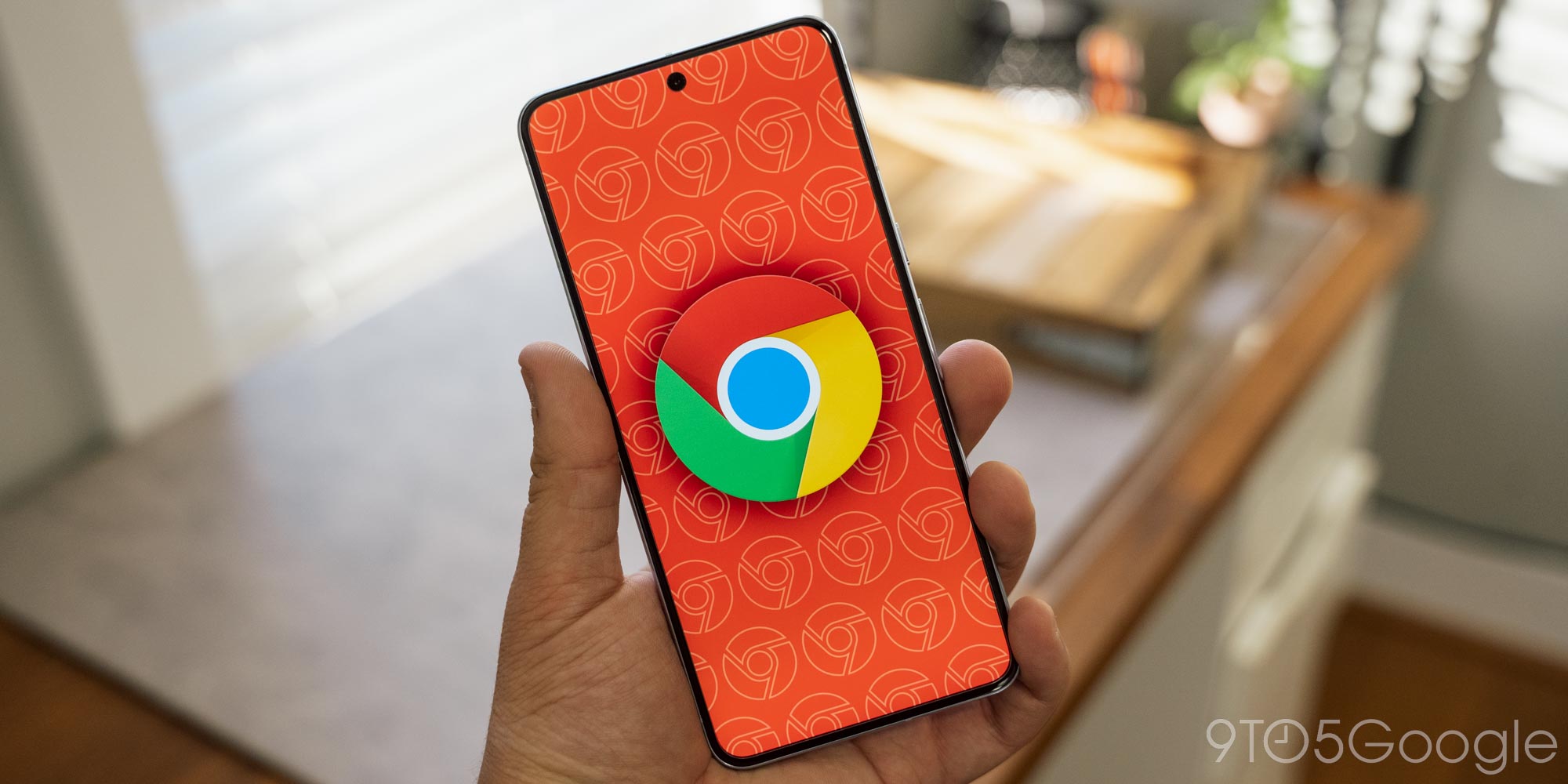
Chrome’s Immersive Edge-to-Edge Experience on Android: A Deep Dive
Chrome for Android is embarking on a journey toward a more immersive and modern browsing experience. The key element of this transformation is the adoption of an "edge-to-edge" display, extending web content seamlessly into the area previously occupied by the traditional navigation bar. This change signifies a significant shift in how Chrome leverages the available screen real estate on Android devices, aiming to provide a more visually engaging and modern user interface.
The Shift to Edge-to-Edge
Previously, Chrome on Android featured a navigation bar with a solid color background, separating the webpage content from the bottom edge of the screen. The gesture navigation pill, the primary means of navigating back, home, and accessing the app switcher, resided against this solid backdrop. While functional, this design choice created a visual separation, preventing the web content from truly utilizing the full potential of the display.
The new "edge-to-edge" approach addresses this limitation by drawing web content directly into the gesture navigation bar area. Instead of the solid background, the gesture handle now appears directly over the webpage, creating a more unified and immersive visual experience. The webpage now extends fully to the bottom edge of the device, seamlessly integrating with the gesture navigation system.
Dynamic Bottom Bar: "The Chin"
Behind the scenes, Chrome employs a clever mechanism called the "dynamic bottom bar," also known as "the chin," to achieve this effect. This dynamic bar operates in conjunction with the Chrome address bar at the top of the screen. As the user scrolls down a webpage, both the address bar and the chin dynamically retract, effectively expanding the viewport and allowing the web content to be drawn further down the screen, all the way to the bottom edge.
This dynamic behavior ensures that the user experience remains intuitive and functional. When the user is not actively scrolling and the address bar is visible, the traditional background for the gesture handle is maintained. However, as soon as scrolling commences, the dynamic bottom bar kicks in, maximizing the visible web content and creating the desired edge-to-edge effect.
A Visual Modernization
While the actual increase in visible web content might be minimal, the impact of this change is primarily visual and aesthetic. The edge-to-edge display contributes to a more modern and polished look and feel, aligning Chrome with contemporary design trends in mobile user interfaces. It signals a commitment to maximizing screen real estate and providing users with a more immersive browsing experience.
This modernization effort is part of a larger trend in Android development, where applications are increasingly designed to take advantage of the full screen, minimizing visual distractions and maximizing the impact of the content. Chrome’s adoption of the edge-to-edge approach reflects this trend and demonstrates Google’s dedication to providing a consistent and up-to-date user experience across its platforms.
Impact on the Status Bar
It’s important to note that this change specifically targets the navigation bar at the bottom of the screen. The status bar at the top of the screen, which houses system icons and notifications, remains unaffected. While a true "edge-to-edge" experience would ideally extend to the status bar as well, this initial implementation focuses on the more impactful navigation bar area.
Future iterations of Chrome might potentially address the status bar, further enhancing the immersive experience and truly achieving a full-screen browsing environment. However, for now, the focus remains on optimizing the interaction between web content and the gesture navigation system.
Rollout and Availability
The rollout of this edge-to-edge feature is slated to begin with Chrome version 135, which is expected to hit the stable channel starting April 1st. However, the groundwork for this change has already been laid, with testing underway in earlier versions of Chrome. This gradual rollout allows Google to gather feedback and address any potential issues before the feature is widely deployed.
Initially, the edge-to-edge experience will be targeted toward "small-screen devices," suggesting that smartphones will be the primary focus of this initial implementation. Support for larger-screen devices, such as tablets and foldable devices, is planned for a later stage. This phased approach allows Google to optimize the feature for different screen sizes and form factors, ensuring a consistent and enjoyable experience across a range of devices.
The Significance of the Update
In conclusion, Chrome’s move to an edge-to-edge display on Android represents a significant step toward a more immersive and modern browsing experience. By extending web content into the gesture navigation bar area, Chrome is maximizing the available screen real estate and creating a visually seamless interface. The dynamic bottom bar, or "chin," ensures that the user experience remains intuitive and functional, while the overall effect contributes to a more polished and contemporary look and feel.
While the actual increase in visible content might be minimal, the visual impact of this change is undeniable. It aligns Chrome with modern design trends in mobile user interfaces and signals a commitment to providing users with the best possible browsing experience. As Chrome continues to evolve, we can expect to see further refinements and enhancements to the edge-to-edge display, potentially including support for the status bar and larger-screen devices. This update marks the start of Chrome’s full-screen journey and paves the way for a more immersive and engaging browsing experience on Android.
